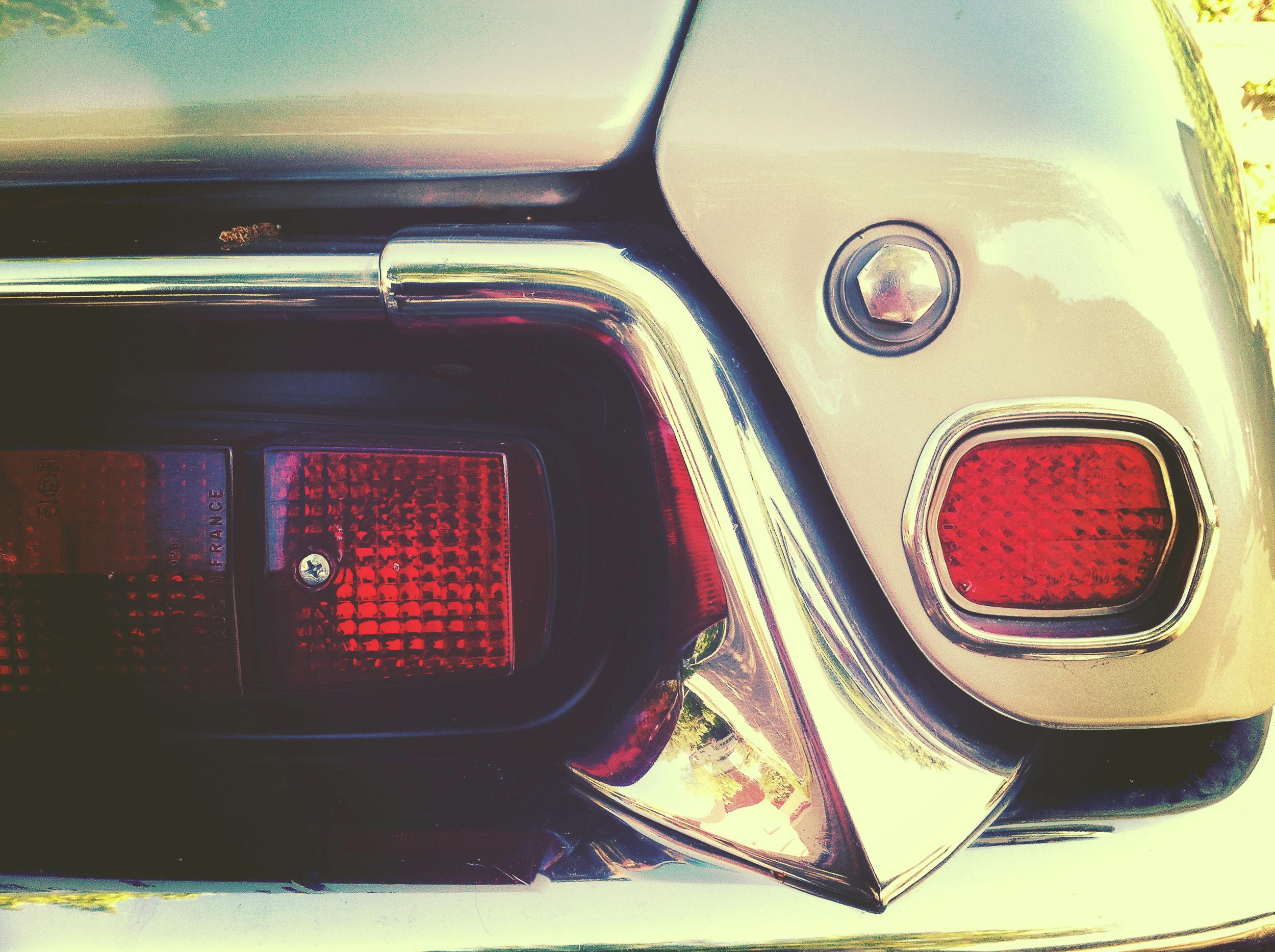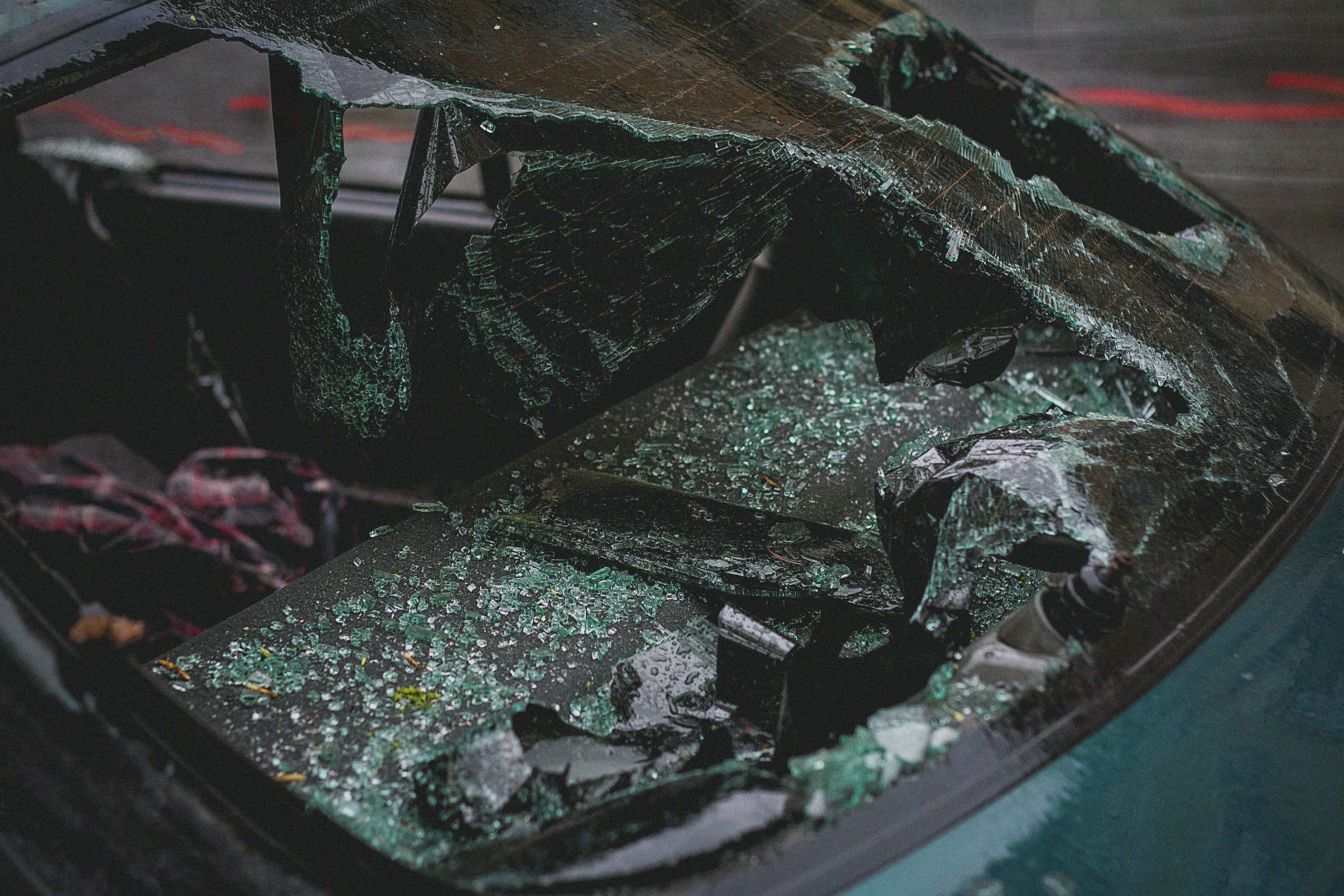The Art of Parking: Do Auto Insurance Adjusters Prefer Backing In?
There’s a running joke in my household—my wife can’t help but tease me about my parking habits. Without fail, I always choose to back into parking spots. As amusing as she finds it, I do this for a very practical reason: it provides a clearer view of oncoming traffic when it’s time to leave, making my departure smoother and safer.
Lately, I’ve been curious about whether this habit might influence liability in the event of a parking lot accident. It makes me wonder if auto insurance adjusters, who see the repercussions of parking decisions daily, might adopt similar habits. After all, their exposure to countless accident scenarios probably shapes their driving behaviors, perhaps encouraging the use of dash cams or, just maybe, backing into parking spaces to reduce potential risks.
Is there more to this practice than meets the eye? Could backing into parking spots be a subtle strategy adopted by those in the know to circumvent complications in an accident? It might just be worth considering for those of us who are looking to take a proactive approach to road safety.




As a seasoned professional in the auto insurance industry, I can appreciate your interest in the nuances of parking habits and their potential implications, especially from a liability perspective. Backing into parking spaces, although seemingly minor, can indeed have several practical benefits, which might explain why some insurance adjusters and seasoned drivers alike prefer this approach.
Firstly, from a safety standpoint, backing into a parking space can indeed provide you with a clearer view of oncoming traffic when you’re ready to leave, as opposed to backing out into potentially busy areas. This proactive measure can help prevent accidents and subsequent claims, which is particularly beneficial in busy locations like shopping malls or crowded event venues. Reduced risk of collision when leaving a spot can also mean fewer claims filed, which might contribute to keeping your insurance premiums stable over time.
Regarding liability, the way you park can influence fault determination in the event of a parking lot accident. Typically, drivers moving forward in lanes or driving straight through are given the right-of-way, while those entering or exiting parking spaces are expected to yield. If you’re leaving a spot by pulling forward, as opposed to reversing out, you’re naturally in a better position to see if someone is coming down the lane, thereby reducing parking lot fender benders which often occur when backing out.
Moreover, many insurance adjusters might indeed adapt their personal driving behaviors based on case patterns observed over time. Risks of typical parking lot accidents like sideswipes or rear-end collisions would naturally make one more conscious of parking habits. This extends beyond backing into spaces to include the use of defensive driving strategies, such as slower speeds in parking facilities, heightened attention to surroundings, and even the installation of dash cams, which can offer valuable evidence should an incident occur.
In practical terms, if you’re interested in minimizing liability and maximizing safety, here are a few additional tips:
Choose end spots or those offering ample space on both sides whenever possible to minimize the risk of someone parking too close, which can lead to door dings or side-swipe incidents.
Park under well-lit areas at night for increased visibility and safety.
Make use of technology, like backup cameras and sensors if your vehicle is equipped with them, which can aid in ensuring safe reverse maneuvers into your chosen spot.
Stay vigilant and patient, recognizing that the apparent “quick exit” of pulling head-first into a space might lead to a more cumbersome and riskier departure later on